They are the bane of nearly every gardener across the world. They munch through countless leaves, destroying whole crops of plants. Slug and snails are my true nemesis in my garden, and I’ve spent a lot of time trying to find ways to protect my precious plants from their vicious attacks.
These attacks have also gotten a lot worse over the last 10 years, as less slugs and snails are being killed off during our increasingly milder winters.
This constant battle over the years have given me a lot of experience of what techniques work and what are their respective advantages, which I would like to share with you all.
Hedgehogs
One of the best control of slugs is encourage hedgehogs into your garden. They can eat hundreds of slugs and snails each night, traveling miles through many different gardens. To encourage them into your garden they need have gaps in your fence for them to crawl through. You can even buy special fences that have purpose built hedgehog doors in them. It’s also worth leaving a few rough patches of shrubbery for them to nest and sleep in.
Other ways you can encourage hedgehogs into your garden and how to make your garden hedgehog friendly can be found on this RHS website.

Beer Traps
I’ve had mixed results of using this technique. The basic idea is that you sink bowls filled with beer into your beds, and over night the slugs and snails are drawn to the smell, fall in and then drown. In the morning you go out and collect the dead slugs, replacing the beer.
I’m not a fan of this technique, as it’s messy, the bowls can fill with soil, and there is no guarantee that the slugs will head to the beer and not your plants.
Coffee Grounds
It turns out that slugs and snails hate caffeine, which is odd considering they are up all night running around. Yet a high dose of caffeine can make them sick and potentially die, so a covering of used coffee grounds around the base of your plants acts as a deterrent.
The added advantage of coffee grounds is that they are a good organic material that adds nutrients and improves your soil. The disadvantage is that they don’t last long and in just a few months get incorporated into your soil. It also needs a deep layer of coffee grounds to work, and so it can be difficult to get them in the quantities you need.
Copper Bands
Slugs also hate copper, and do not cross it. So you can buy strips of copper that you can stick around your pots and protect your plants. This last years as long as you keep them clean, and is very effective.
However, it doesn’t help you protect plants that are in flower beds or in vegetable plots.
Sea and Egg Shells
It turns out slugs and snails have a sensitive under belly, and do not like crossing sharp objects. So you can use crushed up shells, both sea and egg shells, to create a barrier around your plants.
Though these barriers can last several years if you keep topping them out, they stand out in your soil and it is difficult to get them in large quantities.
Wool Pellets
This is a commercial product and is made from left over wool that is dried and compressed into pellets. Once spread around the base of your plants they soak up moisture and expand, creating a barrier of wool that slugs and snails do not like crossing.
The advantage of this product over other materials is that even though it lasts all season, it rots down over the winter and doesn’t stand out in the soil.
Slug Pellets
This should only be used as a last resort. They are a poison that is highly effective at enticing and then killing slugs and snails. However, there is a danger that these can be eaten by other creatures and so the poison can enter the food chain. Please check the packaging to see whether they can also be safely used around pets and edible crops.
When you look at all the options, I do think my preferred method is using trying to entice hedgehogs into your garden. They are highly effective and really cute at the same time. However, I know this might not be option for many, so my second preference is for the wool pellets. It’s not toxic or dangerous to other animals. It acts as a good barrier for the whole season, and then eventually rots down nicely into the soil. And it is a commercial product so you can get it in the quantities that you need.
I hope this has all helped you in your own battle against our most hated of enemies.

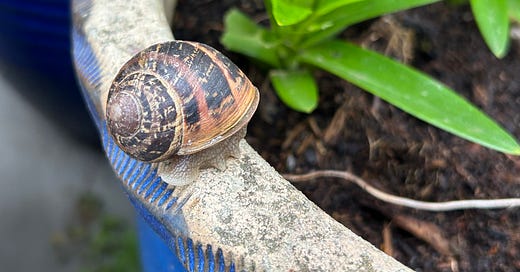



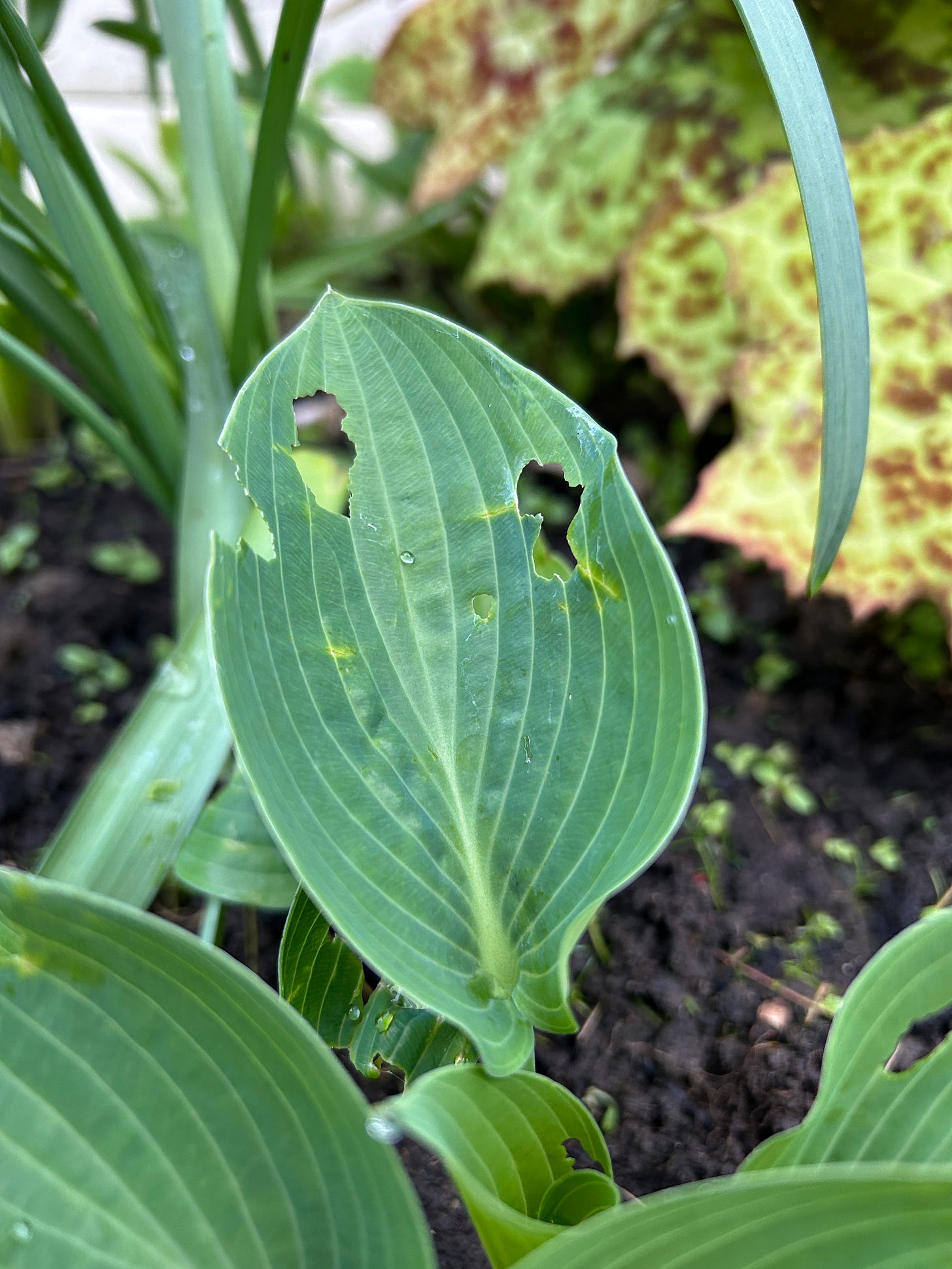
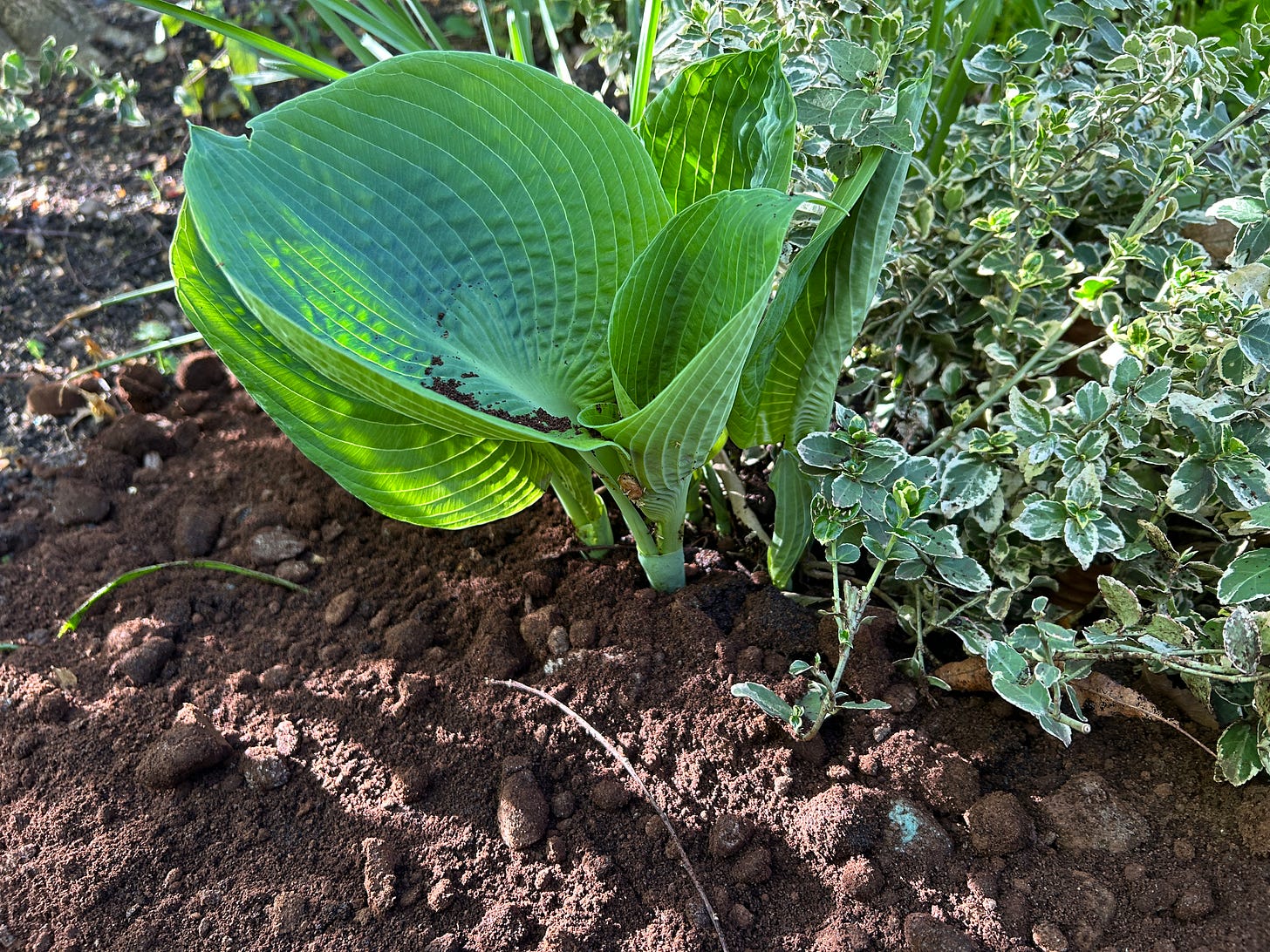

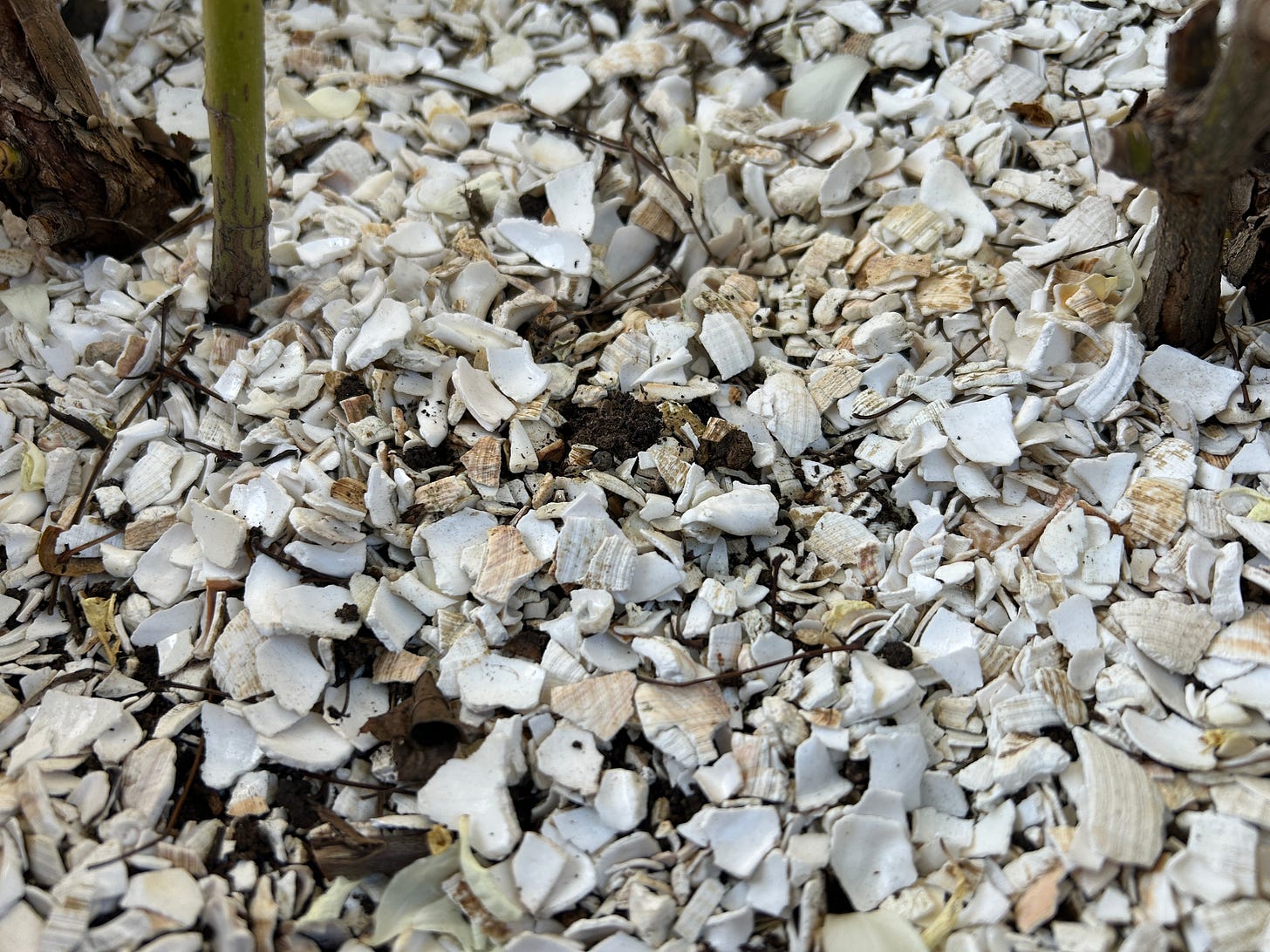
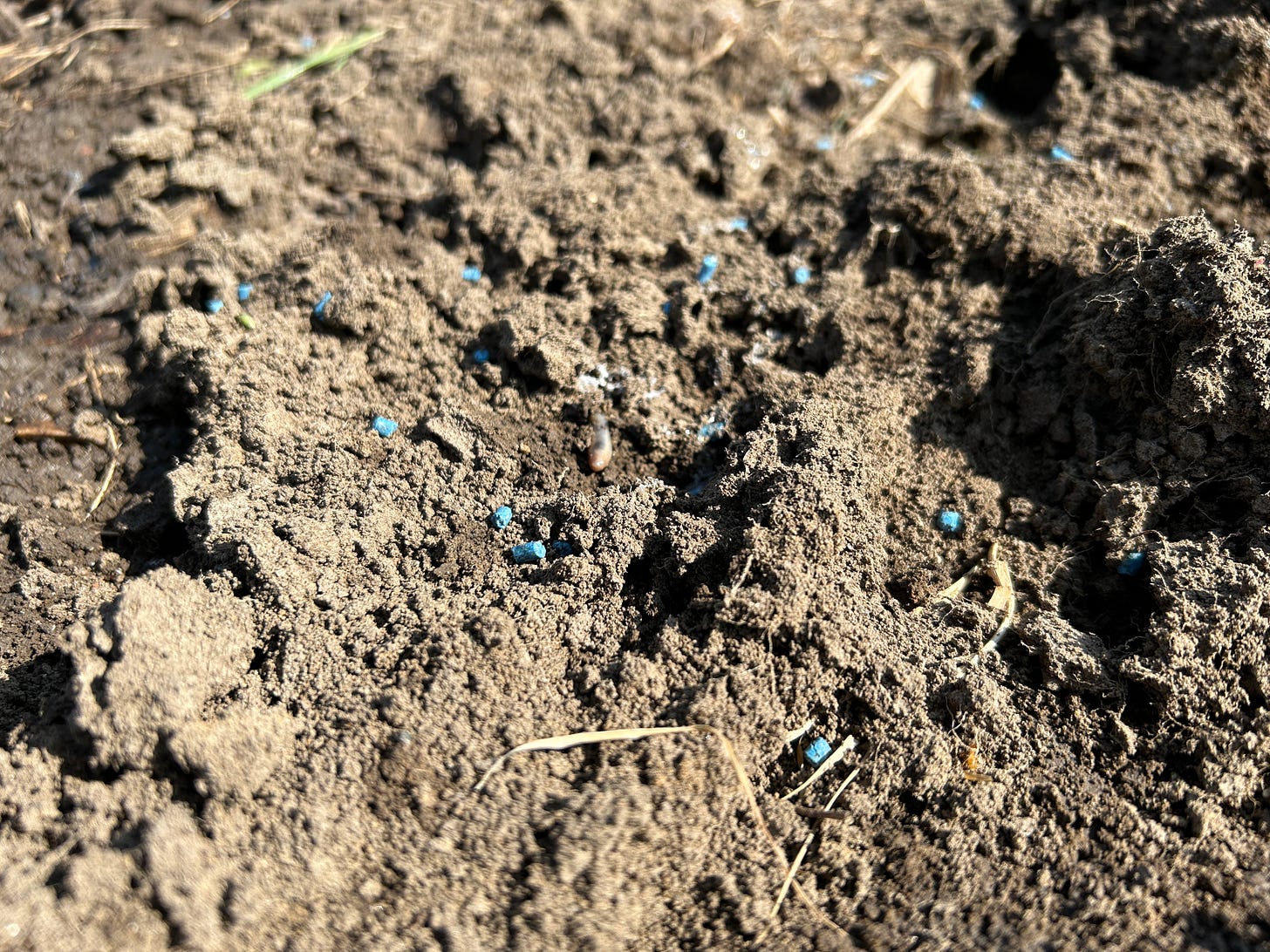
Another thing to remember is that most species of slugs species do not eat living plant material.
Rather, they can be regarded as the gardener's friend, eating decaying vegetable and animal matter only and turning this into nutrients that feed your plants.
Then there are another large group of species that much prefer decaying vegetable matter but will attack living plants if they have no alternative.
These are the ones that too tidy gardeners suffer, having removed all dead material. They would do better chucking it to the back of the border, maybe together with vegetable waste from the kitchen and banana skins etc.,
Rather than eat your plants, they will help you by turning such waste into nutritious feed for your plants.
Then, sadly their are the relatively few species that will go straight for certain plants (but not all).
Just a few species, but many in number.
The worst thing to do is to turn to poisons, which quickly wipe out the slow to recover snail predator populations, leading to an explosion of plant eating slugs.
There is no way of eliminating slugs, but much can be done to minimise the damage they do by encouraging slugs predators and giving slugs better choices than eating your plants, as Stuart has recommended (but given no mention of toads which sit at the top of the slug predator table).
Other things you can do is avoid plants that are slug magnets and never plant out plants when they are still young and tender.
Then accept that some slugs will still levy a tax, usually of weaker, perhaps unhealthy plants that would struggle anyway.
(It always surprised me that a row of vegetables would mostly grow fine, but the odd plant in the row would be nibbled nightly by slugs. I'd always end up with too many vegetables anyway!)
Why will a copper band deter slugs if placed around a pot but not around a plant in the flower bed?